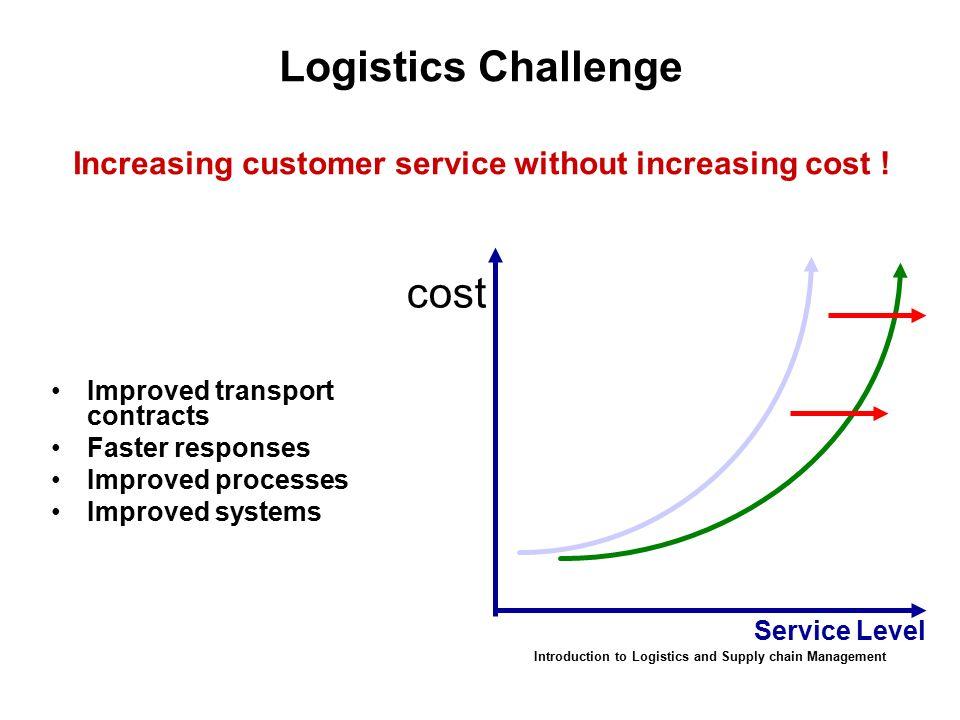In the fast-paced world of logistics, where efficiency and timeliness are essential, service level agreements (SLAs) play a critical role in ensuring smooth operations. From transport to shipping, businesses rely on precise protocols to meet the demands of their customers and maintain a competitive edge in the market. Let’s delve into the intricate world of Service Level Logistics and explore how these agreements shape the way goods are moved from point A to point B.
Key Considerations for Service Level Logistics in Shipping
When it comes to service level logistics in shipping, there are several key considerations that must be taken into account to ensure a smooth and efficient transportation process. One important factor to consider is the reliability of the shipping carrier. It is crucial to work with a carrier that has a proven track record of on-time deliveries and safe handling of goods. By partnering with a reliable carrier, you can minimize the risk of delays and ensure that your products reach their destination in a timely manner.
Another essential consideration in service level logistics is communication. Effective communication between all parties involved in the shipping process is vital for success. This includes clear communication of shipping instructions, tracking information, and any potential changes or delays. By maintaining open lines of communication with your carrier, suppliers, and customers, you can address any issues that arise quickly and keep the shipping process running smoothly.

Optimizing Transport Routes for Enhanced Efficiency
Transport routes play a crucial role in the overall efficiency of a logistics operation. By optimizing these routes, businesses can significantly reduce costs, improve delivery times, and enhance customer satisfaction. One key factor in optimizing transport routes is the use of advanced technology and data analytics. By analyzing factors such as traffic patterns, weather conditions, and delivery schedules, companies can identify the most efficient routes for their shipments. This not only saves time and money but also reduces the environmental impact of transportation.
Another important aspect of optimizing transport routes is balancing speed and cost. While faster routes may be more expensive, they can also improve customer satisfaction by ensuring timely deliveries. On the other hand, cheaper routes may take longer but can help businesses save on transportation costs. By finding the right balance between speed and cost, companies can achieve optimal efficiency in their logistics operations. Overall, optimizing transport routes is essential for businesses looking to improve their service levels, enhance their logistics operations, and stay competitive in today’s fast-paced market.

Implementing Technology Solutions to Improve Tracking and Visibility
Utilizing advanced technology solutions in service level logistics, transport, and shipping has become essential in today’s fast-paced global market. By implementing innovative tracking and visibility tools, businesses can streamline operations, improve efficiency, and enhance customer satisfaction. With real-time data analytics and predictive insights, companies can optimize routes, reduce delivery times, and minimize disruptions, ultimately leading to cost savings and increased profitability.
One of the key benefits of incorporating technology solutions in logistics is the ability to track shipments from origin to destination with precision and accuracy. With features such as GPS tracking, RFID tags, and IoT sensors, companies can monitor the location, condition, and status of goods throughout the supply chain. This level of visibility not only improves inventory management and warehouse operations but also enables better decision-making and proactive problem-solving. By harnessing the power of technology, businesses can stay ahead of the competition and deliver exceptional service to their customers.

Collaborating with Third-Party Providers for Streamlined Shipping Processes
When it comes to managing an efficient shipping process, collaborating with third-party providers can be a game-changer for businesses looking to streamline their operations. By partnering with logistics experts, companies can tap into a wealth of resources and expertise to optimize their shipping processes and improve overall efficiency. Whether it’s finding the most cost-effective shipping routes or implementing innovative technology solutions, working with third-party providers can provide businesses with the tools they need to stay competitive in today’s fast-paced market.
With Service Level Logistics, businesses can benefit from a wide range of services that can help them improve their shipping processes. From transportation management to warehouse optimization, these providers offer a comprehensive suite of solutions to address all aspects of the supply chain. By leveraging the expertise of third-party providers, businesses can not only reduce shipping costs but also enhance customer satisfaction through faster delivery times and improved order accuracy. In today’s competitive marketplace, partnering with logistics experts is essential for businesses looking to stay ahead of the curve.
To Wrap It Up
In conclusion, Service Level Logistics is a crucial aspect of transport and shipping that ensures efficiency and timeliness in the delivery of goods. By focusing on improving customer satisfaction through effective delivery processes, businesses can streamline their operations and gain a competitive edge in the market. So, whether you’re a small local shop or a global corporation, investing in Service Level Logistics can help you meet the ever-growing demands of today’s fast-paced world. Stay tuned for more insights and tips on optimizing your logistics operations. Thank you for reading!
